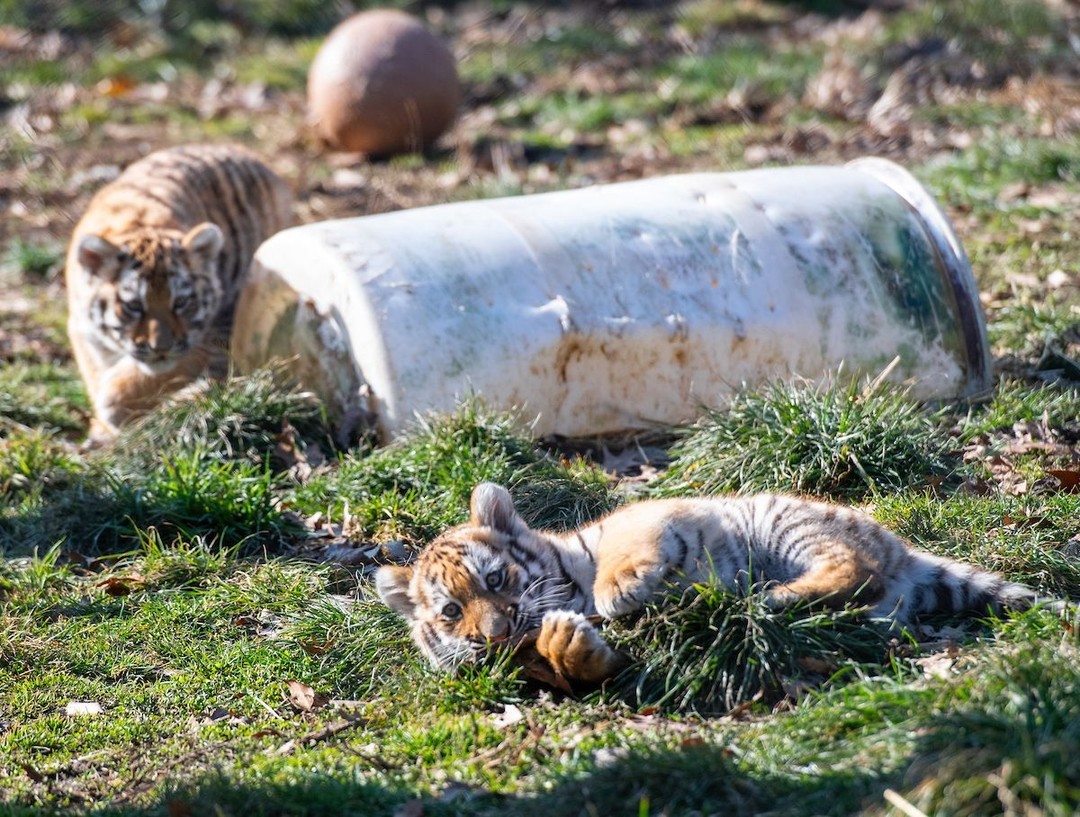– Discovering the joys and wonders when animal cubs bask in the sunlight
– The behavioral changes in wildlife with the presence of the sun
– The compelling reasons behind why many animal births occur in the warmer months
– Exploring the positive effects of sunshine on animal welfare and zoo habitats
When the majestic orb of burning gas rises into the cerulean sky, it not only blankets the world in a warm embrace but also heralds a season of new beginnings and the charming spectacle of animal cubs venturing into the light. “Sun’s out, cubs out,” a saying that might tickle your wit, is a delightful acknowledgment of nature’s splendid cycle. As the sanctuary of darkness retreats, life flourishes anew.
When the veils of clouds part to welcome the blazing star and the days lengthen, we find an unlocking of the animal kingdom’s most endearing treasures: the cubs. It’s the time when zoos, wildlife parks, and natural habitats become nurseries of varied species. These bundles of life emerge, squinting and unsure, into the bounteous caress of the sun’s rays, eagerly watched by proud parents and adoring human onlookers alike.
These little protagonists of the animal realm have stories that beckon to be told with a whisper of joy and a hint of wonder. The presence of sunlight doesn’t merely serenade these creatures with light; it cues behavioral shifts across species.
Sunlight, aside from its provision of visual warmth, is like a maestro commanding the rhythms of life. Bear cubs nestled away in their winter dens awaken to a world vastly different from the darkened confinements they’ve known. Out in the sun, their curious eyes observe, and their stumpy legs stumble and gambol, learning the art of their kind under the guidance of patient mothers.
The ethos of why many animals seem to give birth during the warm months is not a stroke of luck but a tuned response to the generosity of environmental offerings. With ample food resources and cooperative weather, mothers can produce and lavish more care and nutrients on their vulnerable offshoots. For example, deer fawns are given a fighting chance when born in the richness of spring when the clover is lush, and predators are less desperate.
Zoologists have long made the connection between the sun and animal well-being. Sunlight stimulates vitamin D synthesis, which is crucial in bone development and immune function for frisky cubs. Just as humans experience an uptick in spirits and energy with the sun, animals ride a similar wave of physiological and psychological boons. Sunny days often equate to increased activity levels, richer social interactions, and, in zoo settings, a greater opportunity for visitors to observe these natural behaviors on display.
Sunlight also serves as an impeccable renovator of habitats. It sweeps through forests, scrublands, and even the carefully curated enclosures of zoos, invigorating plant life and triggering ecological processes. Plants burgeon and bloom, providing a visual feast and a functional upsurge in resources for the entire food web. In the carefully managed ecosystems of modern zoos, sunlight filters through the foliage, giving life to the tiny photosynthetic powerhouses within leaves and setting the stage for a microcosmic bloom.
Amidst the quotidian duties of zookeepers, there’s the sublime task of husbanding this symphony of life. They tailor environments to mimic natural cycles, ensuring the animals are bathed in nature’s rhythm even within human-made confines. By altering feeding times and enrichment activities and adding structural complexity to enclosures, keepers kindle behaviors akin to those seen in the wild – all under the bountiful glow of the sun.
But beyond the serene painterly image of sunlight and play, this energy drives the complex biological clockwork within each creature. From the chipper chatter of simian playgroups to the stoic prowl of young predators, sunlight influences circadian rhythms, dictating when to be active, when to rest, and, more intriguingly, when to grow.
Let’s dance further into the realms of intrigue, shall we? Sunlight across landscapes can mean the initiation of migratory patterns for some species, a grand journey taken under its watchful eye. For those in polar regions, the sun dictates the length of a day and thus the alarm clock for entire ecosystems to awaken from the polar night.
Viewing all this through the grand-looking glass of science or the wide eyes of a child, the formula remains unbudgingly fascinating: solar rays plus Earth equals a plethora of life’s pageantry, a spectacle unfurled in light.
This relationship becomes a poetic ballet within the natural world, but it holds a mirror to the happenstances in human-made conservations. Zoos, now transcending mere display, have become arks, conservationists, and educators. In these places, the “sun’s out, cubs out” mantra transforms into an enriching educational script, where each cub’s step into sunlight is a step toward awareness and connection for us bipeds who yearn to understand.
Let’s ponder this enchantment of beholding baby animals as they bask, frolic, and grow under the sun’s tutelage. It’s a magnetic pull, pure and primal, to see life in its nascent stages, witness species’ continuance, and know that the sun oversees this with impartial grace.
And so, dear reader, let us muse on the most vital lessons here. It’s not merely the gentle scenes of animal cubs in the sun that we should admire. Rather, let us absorb the essence of their exposure, their dependence on this celestial fireball. Are we not also accountable to its flame? Does it not also guide our patterns, moods, and health?
In a world where technology often overshadows simplicity, the sun dangles a golden truth: life thrives under its watch. Cubs of all species, including our own, require its embrace to flourish..lwjgl
*****
Source Description
Sun’s out, cubs out. 🌞

